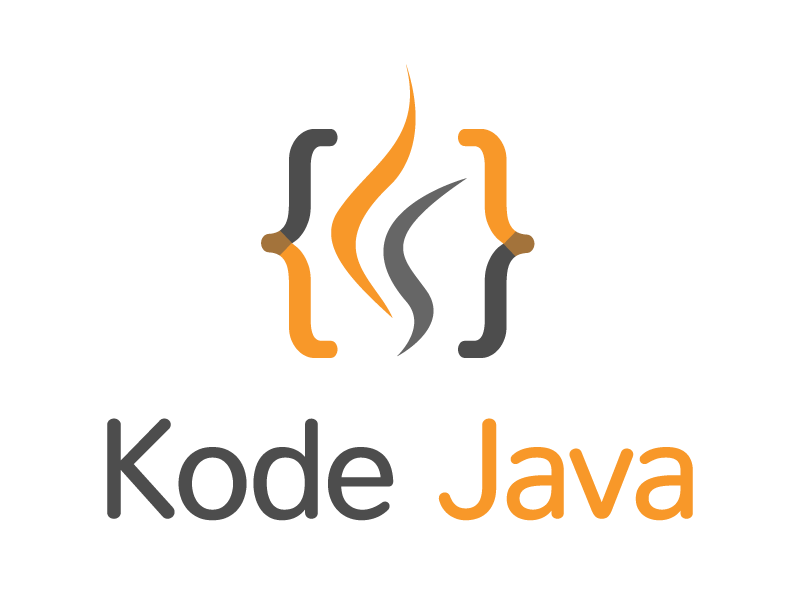In the Java Date-Time API, the plus and minus methods can be used to calculate and modify dates, times, date/times, and durations.
Each temporal class (LocalDate, LocalTime, LocalDateTime, and Duration) includes these methods.
Here’s a basic example using the LocalDate class:
package org.kodejava.datetime;
import java.time.LocalDate;
public class PlusMinusExample {
public static void main(String[] args) {
LocalDate date = LocalDate.now();
// Calculate the date 5 days into the future
LocalDate futureDate = date.plusDays(5);
System.out.println("Date five days in the future: " + futureDate);
// Calculate the date 5 days in the past.
LocalDate pastDate = date.minusDays(5);
System.out.println("Date five days in the past: " + pastDate);
}
}
Output:
Date five days in the future: 2024-01-22
Date five days in the past: 2024-01-12
You can also use plusWeeks, plusMonths, plusYears, minusWeeks, minusMonths, minusYears methods in a similar manner to add or subtract the respective time period.
Note: All the datetime manipulation methods return a new instance of the date/time object; they do not modify the original object because the classes are immutable.
The plus() and minus() methods in the Java Date-Time API offer finer control over date-time arithmetic by allowing you to add or subtract different types of date-time units such as days, months, or years.
The plus() method is used to add specific time units to a date or time, while the minus() method is used to subtract specific time units.
Here’s an example:
package org.kodejava.datetime;
import java.time.LocalDate;
import java.time.Period;
public class PlusMinusOtherExample {
public static void main(String[] args) {
LocalDate today = LocalDate.now();
// 1 year, 2 months, and 3 days.
Period periodToAdd = Period.of(1, 2, 3);
LocalDate futureDate = today.plus(periodToAdd);
System.out.println("Date after adding a period: " + futureDate);
// 2 years, 4 months, and 6 days.
Period periodToSubtract = Period.of(2, 4, 6);
LocalDate pastDate = today.minus(periodToSubtract);
System.out.println("Date after subtracting a period: " + pastDate);
}
}
The Period class is part of the Java Date-Time API and is used to represent a quantity of time in terms of years, months, and days.
Remember, you can create a Period using the Period.of(int years, int months, int days) method, where years, months, and days are the specific units of time to be represented.
Here are examples using LocalTime and LocalDateTime:
package org.kodejava.datetime;
import java.time.LocalDateTime;
import java.time.LocalTime;
import java.time.temporal.ChronoUnit;
public class PlusMinusTime {
public static void main(String[] args) {
// Creating a LocalTime object and adding/subtracting hours, minutes, seconds
LocalTime time = LocalTime.now();
LocalTime futureTime = time.plus(2, ChronoUnit.HOURS);
System.out.println("Time after two hours: " + futureTime);
LocalTime pastTime = time.minus(30, ChronoUnit.MINUTES);
System.out.println("Time 30 minutes ago: " + pastTime);
// Creating a LocalDateTime object and adding/subtracting days, months, years
LocalDateTime dateTime = LocalDateTime.now();
LocalDateTime futureDateTime = dateTime.plus(1, ChronoUnit.YEARS);
System.out.println("Date and Time one year into the future: " + futureDateTime);
LocalDateTime pastDateTime = dateTime.minus(2, ChronoUnit.MONTHS);
System.out.println("Date and Time two months ago: " + pastDateTime);
// You can also use plus or minus Days, Weeks, Months, Years directly
LocalDateTime exactDateTimeFuture = dateTime.plusDays(1).plusWeeks(1).plusMonths(1).plusYears(1);
System.out.println("Date and Time after one day, week, month, and year: " + exactDateTimeFuture);
}
}
Note that when we are adding/subtracting units like hours, minutes, and seconds, we use java.time.temporal.ChronoUnit. When adding/subtracting days, weeks, months, and years, we use directly plusDays or minusDays and so on.
